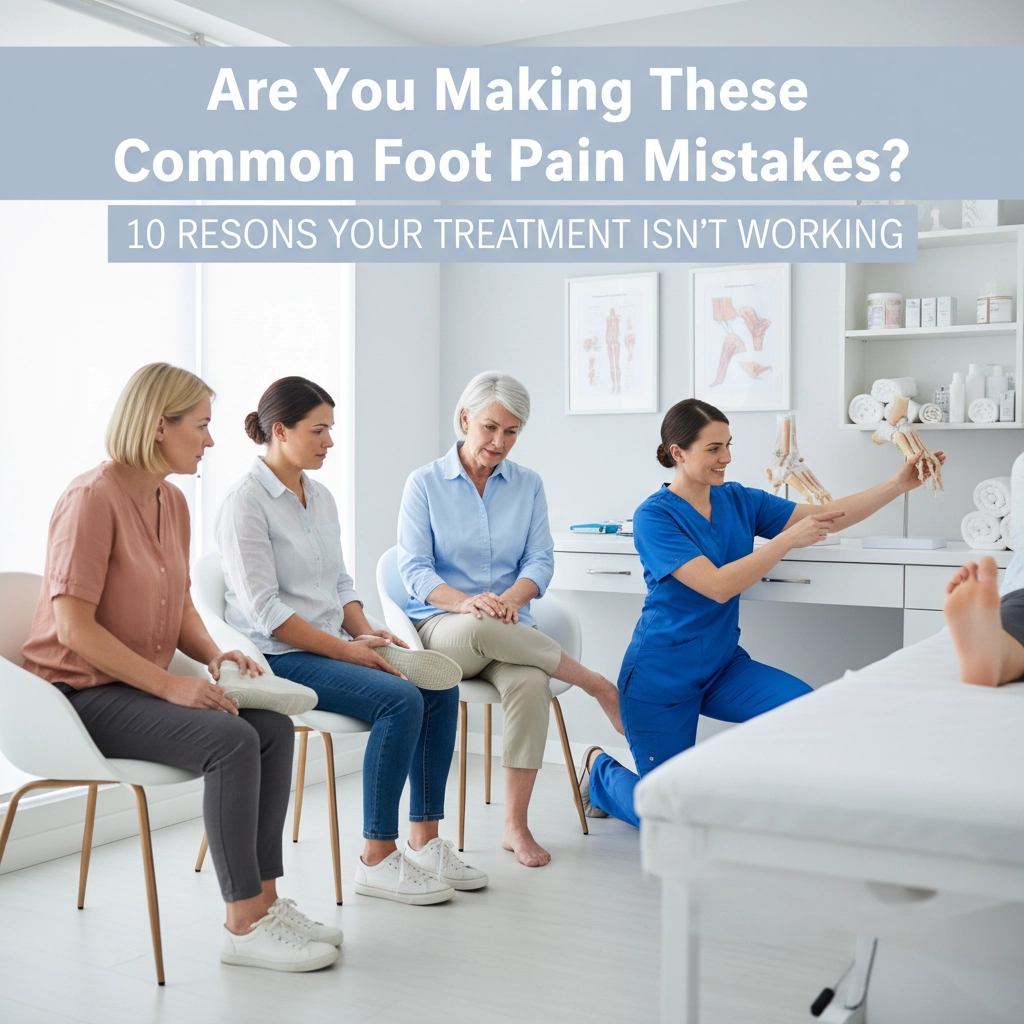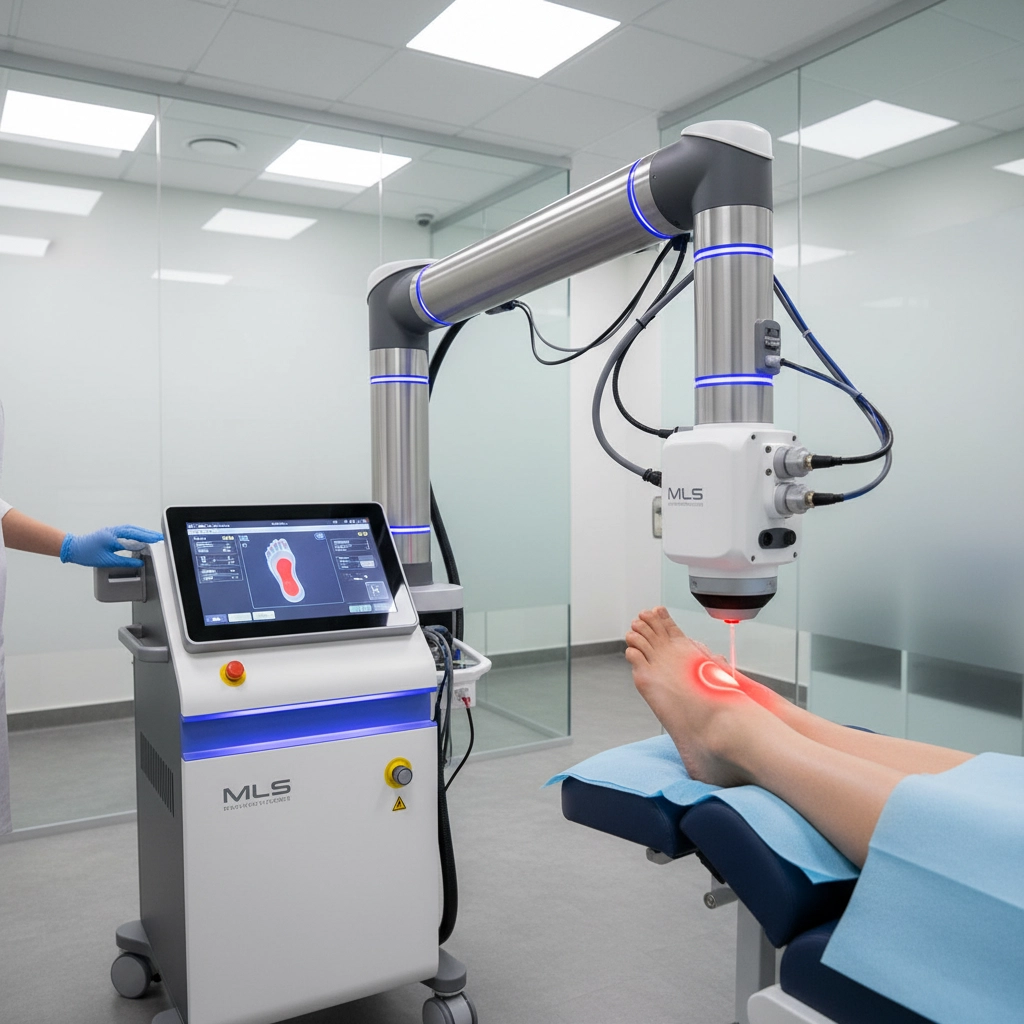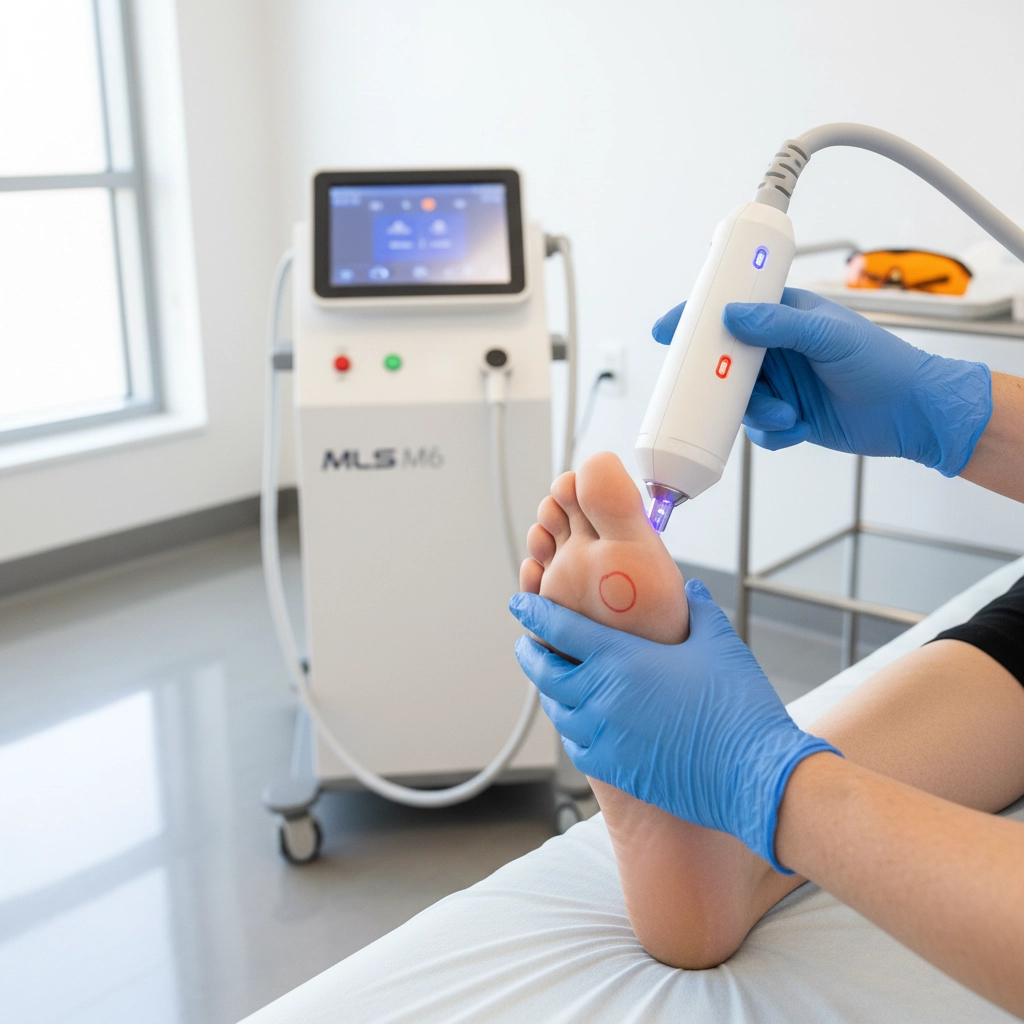Dr Mark Dailey
Blog for Your Health
Are you making these common foot pain mistakes?

Are you living with persistent foot pain that just won't go away? You've tried everything – over-the-counter medications, different shoes, stretches you found online – yet you still wake up each morning dreading that first step out of bed. If your current treatment isn't working, you're likely making one or more critical mistakes that are actually sabotaging your recovery.
At Oneonta Neuropathy Center, we see patients every day who have been struggling with foot pain for months or even years, simply because they've been approaching their treatment the wrong way. The good news? Once you understand what you're doing wrong, you can finally get on the path to real relief.
Mistake #1: You're Wearing the Wrong Shoe Size
This might shock you, but only about 25% of people wear the correct shoe size in both length and width. If your shoes don't fit properly, you're setting yourself up for ongoing pain, regardless of what other treatments you try.
Poorly fitting shoes force your feet into unnatural positions, create pressure points that lead to corns and calluses, and can even alter your gait in ways that cause pain throughout your entire body. When your foot has to compensate for poor-fitting shoes, it creates a cascade of problems that no amount of pain medication can fix.
What you should do instead: Get your feet professionally measured at least once a year. Your foot size can change due to age, weight fluctuations, and medical conditions. Make sure you have adequate room in the toe box and proper arch support for your specific foot type.
Mistake #2: You're Using the Wrong Type of Footwear
Even if your shoes fit perfectly, wearing the wrong style can undermine all your other treatment efforts. High heels, flip-flops, and completely flat shoes provide inadequate support and can worsen conditions like plantar fasciitis, neuropathy, and general foot pain.
The key is understanding that different activities require different types of support. What works for a casual walk around the block won't provide adequate protection for a full day on your feet at work.
Mistake #3: You're Wearing Old or Overused Shoes

Shoes lose their supportive properties over time, even if they still look good on the outside. The midsole compression that provides cushioning and arch support breaks down with use, leaving your feet without the protection they need.
Additionally, wearing the same pair of shoes every day doesn't allow them to fully dry out between wears, which can lead to bacterial growth and foot odor – complications that can worsen existing pain conditions.
What you should do instead: Rotate between at least two pairs of shoes and replace them when the tread wears down or when you notice decreased cushioning.
Mistake #4: You're Trimming Your Toenails Wrong
This seems like a minor issue, but improper nail care is one of the leading causes of preventable foot complications. Cutting nails too short or rounding the corners can lead to painful ingrown toenails, while jagged edges can cause cuts and infections.
The right way: Cut your nails straight across, even with the tip of your toe. Use proper toenail clippers (not fingernail clippers) on clean, dry nails. Never try to dig out ingrown corners yourself.
Mistake #5: You're Doing Aggressive Self-Massage
If you have plantar fasciitis or general foot pain, you might think that aggressive massage will help break up scar tissue and provide relief. This is actually counterproductive and can make your pain worse.
Recent research shows that aggressive massage doesn't restructure tissue the way we once thought. Instead, it increases inflammation and irritation in an area that's already sensitive. This approach can actually delay your healing and make your pain more intense.
What you should do instead: Use gentle massage techniques focused on promoting blood flow and relaxation rather than trying to "break up" anything. Think of it as encouraging healing rather than forcing it.
Mistake #6: You're Stretching in the Wrong Position

This is a critical mistake that most people don't even realize they're making. If you have plantar fasciitis, you've probably been told to stretch your foot and calf muscles. However, if you're doing these stretches while your foot is in a weak, pronated position, you're not getting the full benefit.
Effective stretching for foot conditions requires your foot to be in a rigid, supinated position. When you stretch in a weak foot position, you're not properly engaging the muscles and fascia that need attention.
Mistake #7: You're Not Strengthening Correctly
Strengthening exercises are essential for lasting foot pain relief, but like stretching, the position matters enormously. Most people do their foot strengthening exercises in the same weak foot position that contributed to their problems in the first place.
The solution: Focus on strengthening exercises that teach your foot to maintain proper alignment. Think of this like learning to lift weights with proper form – the quality of the movement is more important than the quantity.
Mistake #8: You're Pushing Too Hard, Too Fast
Your body needs time to adapt and heal. Even with perfect shoes and proper technique, doing too much too soon can turn an acute injury into a chronic problem. This is especially common among people who are naturally active and have trouble accepting the need to slow down.
Listen to your body: Pain, swelling, and persistent stiffness are warning signs that you need to modify your activity level. Ignoring these signals often leads to conditions that could have been easily resolved becoming long-term problems.
Mistake #9: You're Ignoring Underlying Health Conditions

If you have diabetes, circulation problems, or neuropathy, standard foot pain treatments might not be enough. These conditions require specialized approaches that address the root cause, not just the symptoms.
At Oneonta Neuropathy Center, we specialize in treating patients whose foot pain is related to nerve damage or circulation issues. Our advanced MLS (Multiwave Locked System) Robotic Laser Therapy uses dual infrared wavelengths (808 nm and 905 nm) to target damaged nerve tissue through photobiomodulation.
This FDA-approved technology works at the cellular level to:
- Reduce inflammation and pain
- Increase blood flow to damaged tissues
- Accelerate the body's natural healing processes
- Stimulate nerve regeneration
Unlike traditional treatments that only mask symptoms, MLS laser therapy addresses the underlying nerve damage that causes neuropathy pain, numbness, and tingling.
Mistake #10: You're Not Getting Professional Help Soon Enough
The biggest mistake of all is trying to manage chronic foot pain on your own for too long. While some foot discomfort can resolve with rest and proper self-care, persistent pain that lasts more than a few weeks often indicates an underlying issue that requires professional treatment.
Early intervention is key. The longer you wait, the more difficult it becomes to achieve full recovery. What could have been resolved in a few weeks of proper treatment can become a months-long struggle when approached incorrectly.
Why Your Current Treatment Isn't Working
If you recognize yourself in several of these mistakes, don't feel discouraged. You're not alone, and more importantly, these problems are completely correctable. The reason your current treatment isn't working likely comes down to one simple fact: you're treating the symptoms instead of addressing the root cause.
At Oneonta Neuropathy Center, we take a comprehensive approach that looks at your entire situation – your shoes, your activities, your medical history, and your specific type of pain. We don't just give you a generic treatment plan and hope for the best.

Our MLS Robotic Laser Therapy represents a breakthrough in non-invasive pain treatment. The precise robotics ensure exact targeting of affected areas, while the dual wavelength system penetrates deep into tissues to promote healing at the cellular level. This technology is particularly effective for patients with neuropathy, as it can help restore function to damaged nerves that other treatments can't reach.
Your Next Steps
If you're tired of living with foot pain that interferes with your daily activities, it's time to stop making these common mistakes and start getting real results. The combination of correcting these errors and receiving appropriate professional treatment can often provide relief that seemed impossible just weeks before.
Don't let another month go by wondering if your pain will ever improve. The sooner you address both the mistakes you're making and the underlying cause of your pain, the sooner you can get back to the active, comfortable life you deserve.
Every day you wait is another day of unnecessary suffering. Your feet carry you through life – isn't it time you gave them the expert care they need to heal properly?
The path to pain-free living starts with understanding what you've been doing wrong and then taking action to correct it. You've already taken the first step by reading this article. Now it's time to take the next one and get the professional help that can finally give you lasting relief.
Ready to Get Real Foot Pain Relief?
Call Oneonta Neuropathy Center at (205) 625-3488 to schedule your consultation and start your path to healing.
After hours? No problem—call (205) 346-4726 and leave a message. We'll get back to you as soon as possible.
